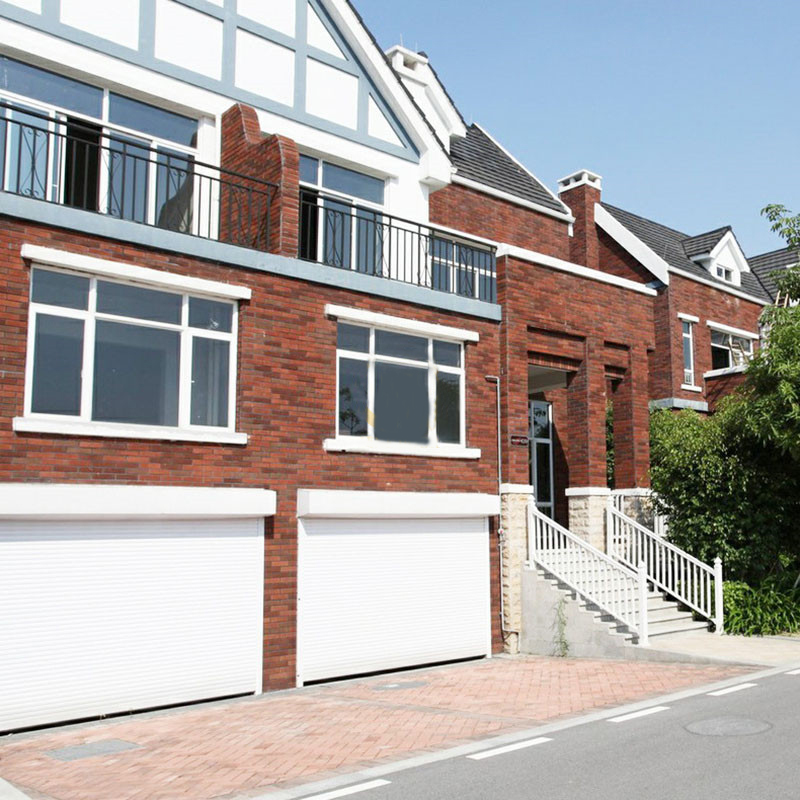Sliding doors are a popular choice for many homeowners due to their space-saving design and modern appearance. However, there are some important considerations to keep in mind when using a portable air conditioner with a sliding door. In this blog, we’ll discuss the best practices for using a portable air conditioner with a sliding door and provide some tips and tricks to help you get the most out of this setup.
Choosing the right portable air conditioner for sliding doors
Before we get into the specifics of using a portable air conditioner with sliding doors, it’s important to make sure you have the right unit for your space. When shopping for a portable air conditioner, look for a model designed specifically for use with sliding doors. These units often come with a window kit that can be easily adjusted to fit the size of your sliding door, ensuring a safe and efficient installation.
Additionally, consider the size and cooling capacity of your portable air conditioning unit. Measure the square footage of the room where the air conditioner will be used and select a unit with the cooling capacity appropriate for your needs. An oversized or undersized unit may not cool your space effectively, so it’s important to choose the right size for optimal performance.
Install portable air conditioner with sliding door
Once you have chosen the right portable air conditioning unit for your sliding door, it’s time to install it properly. Start by assembling the window kit according to the manufacturer’s instructions. This usually involves adjusting the length of the window panel to fit the width of the sliding door and using the hardware provided to secure the panel in place.
Next, carefully place the portable air conditioner unit near the sliding door, making sure it is level and stable. In some cases, you may need to use additional supports, such as sliding door safety bars, to prevent the unit from moving or tipping over. Once the unit is in place, unfold the window panel and fit snugly against the sliding door, effectively sealing the opening and preventing hot air from entering and cold air from escaping.
Maximize airflow and efficiency
To maximize the efficiency of a portable air conditioner with sliding door, be sure to pay attention to airflow and ventilation. Proper airflow is essential for the efficient operation of your air conditioning unit, so make sure the area around your sliding door is clear of obstructions. Avoid placing furniture or other objects in front of the unit as this will block airflow and reduce its cooling ability.
In addition to maintaining air circulation, consider using other ventilation methods to improve the overall performance of your portable air conditioning unit. For example, using fans to circulate air throughout a room can help distribute cool air more evenly and reduce hot spots. You may also consider using insulating window film or blackout curtains to minimize heat transfer through sliding doors, further increasing the efficiency of your portable air conditioning unit.
Manage condensation and drainage
A common problem with portable air conditioners with sliding doors is managing condensation and drainage. When an air conditioning unit cools the air, it also removes moisture from the room, causing condensation to build up. To combat this problem, most portable air conditioning units come with a built-in reservoir or drainage system to collect and dispose of condensate.
When using a portable air conditioner with a sliding door, you must ensure that condensation is managed effectively without causing any damage to the floor or surrounding area. Some portable air conditioning units have built-in pumps that automatically remove condensation, while others may require manual draining of the tank. Be sure to follow the manufacturer’s instructions for proper condensate management to prevent any potential problems.
In some cases, it may be necessary to use a condensate pump or drain hose to redirect the condensate to a suitable location, such as a drain pipe or external outlet. If you’re not sure about the best way to manage condensation and drainage with your specific setup, consider consulting a professional.
Maintain and repair portable air conditioning units
Proper care and maintenance are critical to extending the life and performance of your portable air conditioning unit. Regular cleaning and replacement of air filters is essential to ensure optimal airflow and cooling efficiency. Be sure to follow the manufacturer’s recommendations for filter maintenance and any other routine maintenance tasks, such as cleaning the condenser coil and checking for potential leaks or failures.
If you experience any issues with your portable air conditioning unit, such as reduced cooling performance or unusual noises, be sure to address them immediately. Avoid trying to repair or modify the device yourself as this may void the warranty and may cause further damage. Instead, contact the manufacturer or a certified technician for professional service and repair.
in conclusion
Using a portable air conditioner with sliding doors is an effective and convenient way to cool your space, especially if traditional window units aren’t suitable for your setup. You can get the most out of this cooling solution by choosing the right portable air conditioning unit, installing it correctly, maximizing airflow and efficiency, managing condensation and drainage, and maintaining the unit. With the tips and tricks outlined in this blog, you can enjoy a comfortable and cool environment even if you have sliding doors in your space.
Post time: Dec-22-2023

